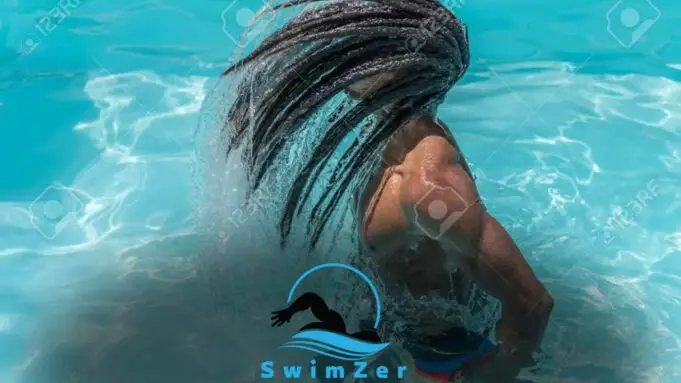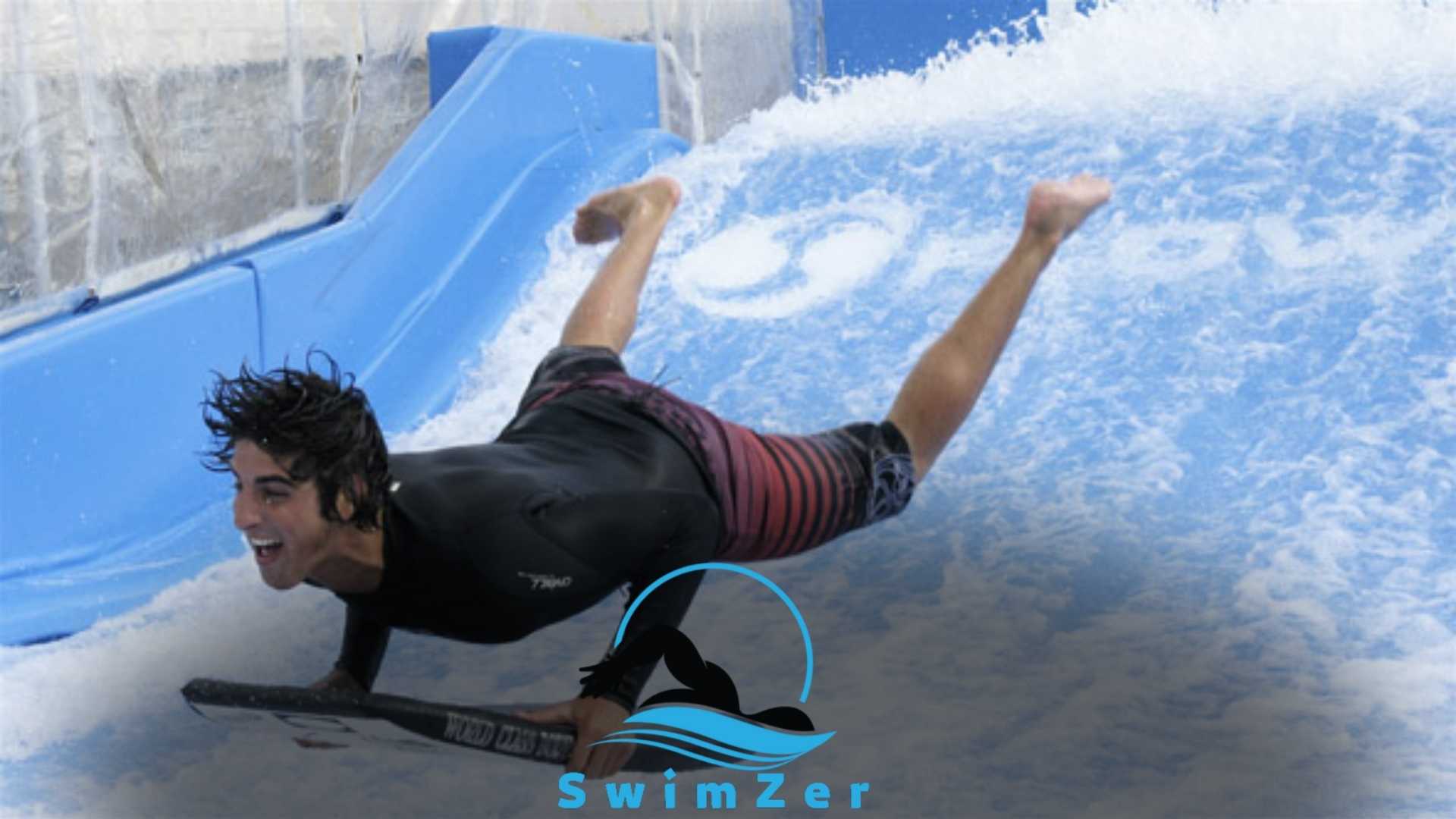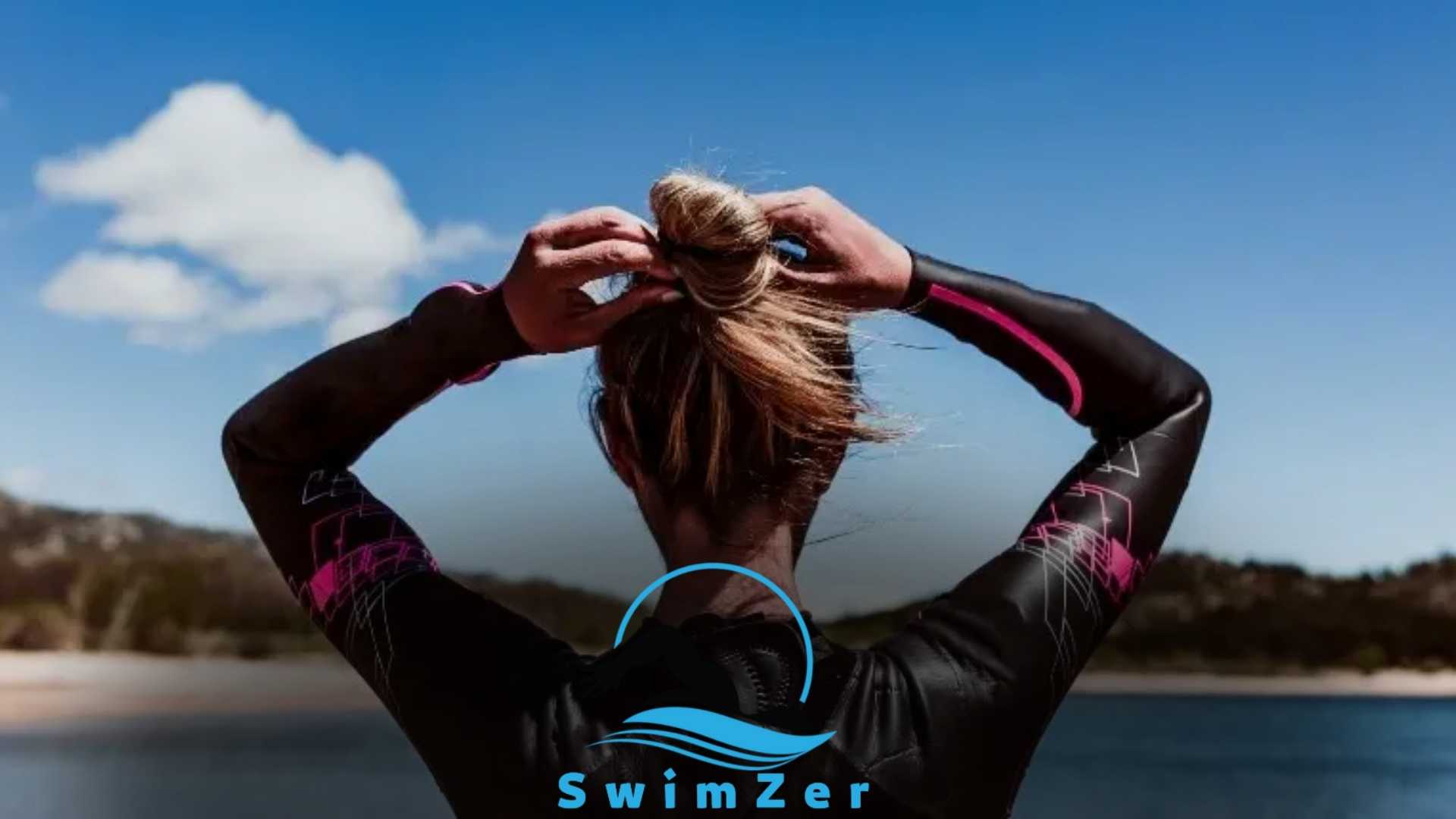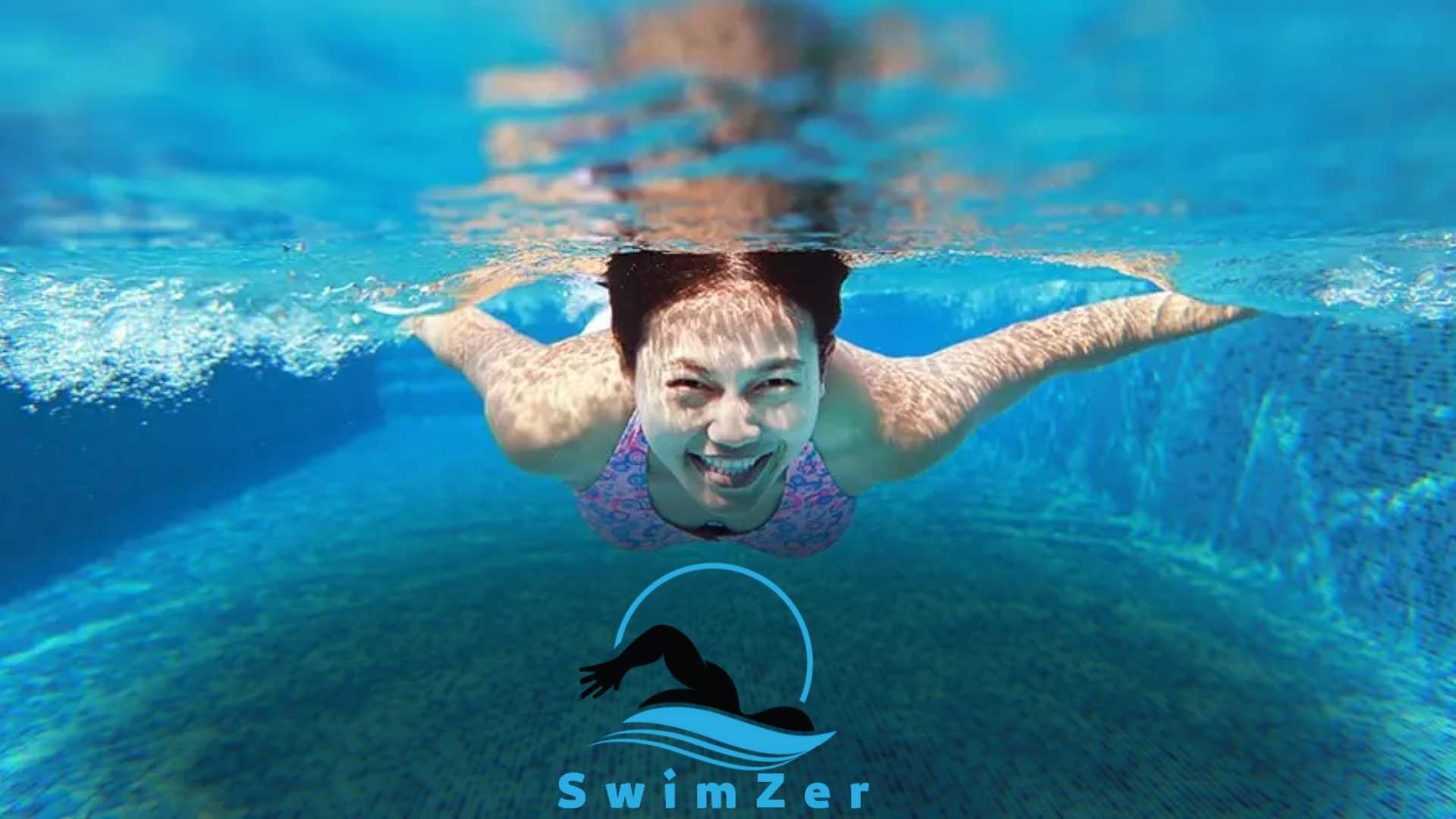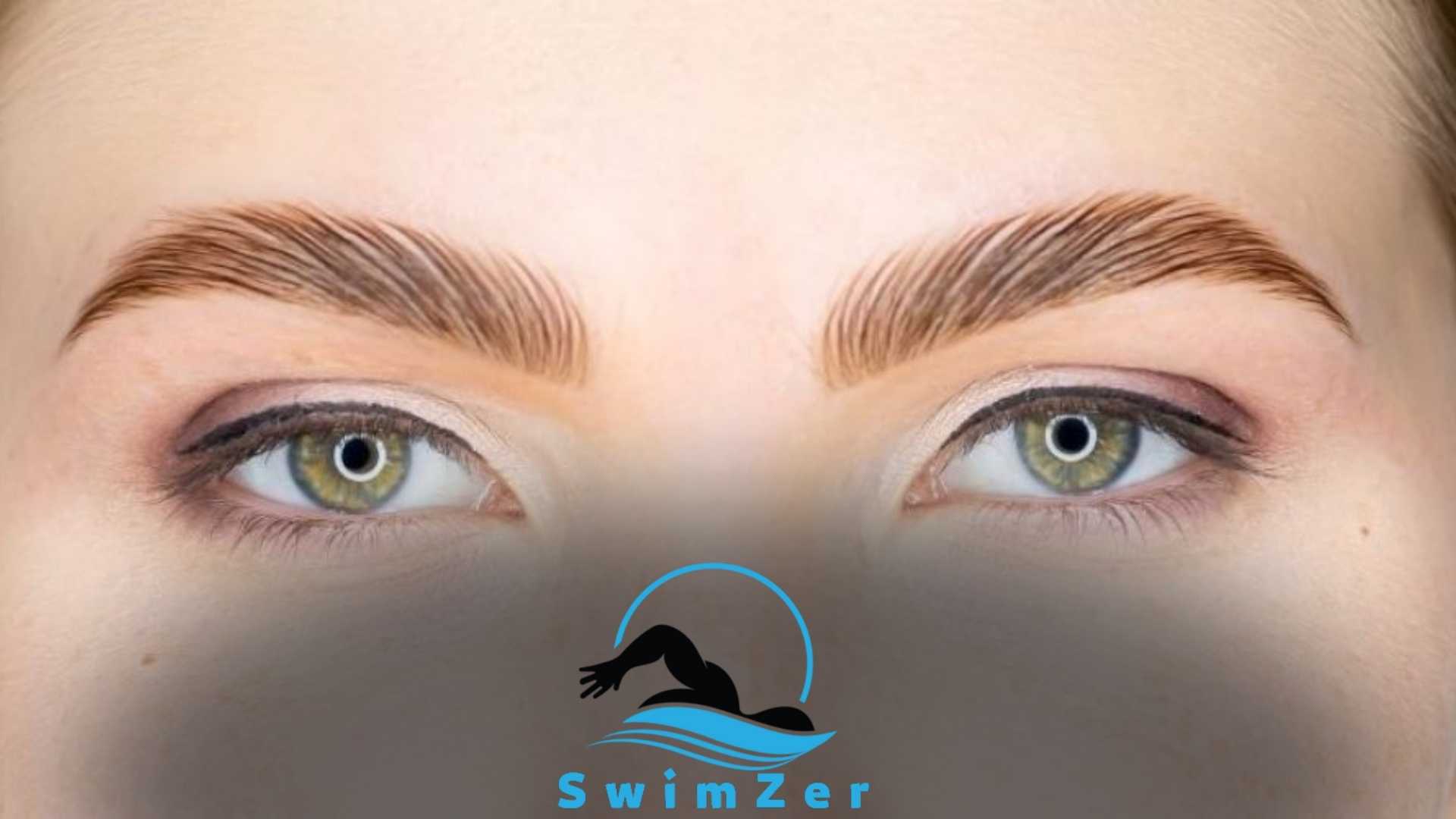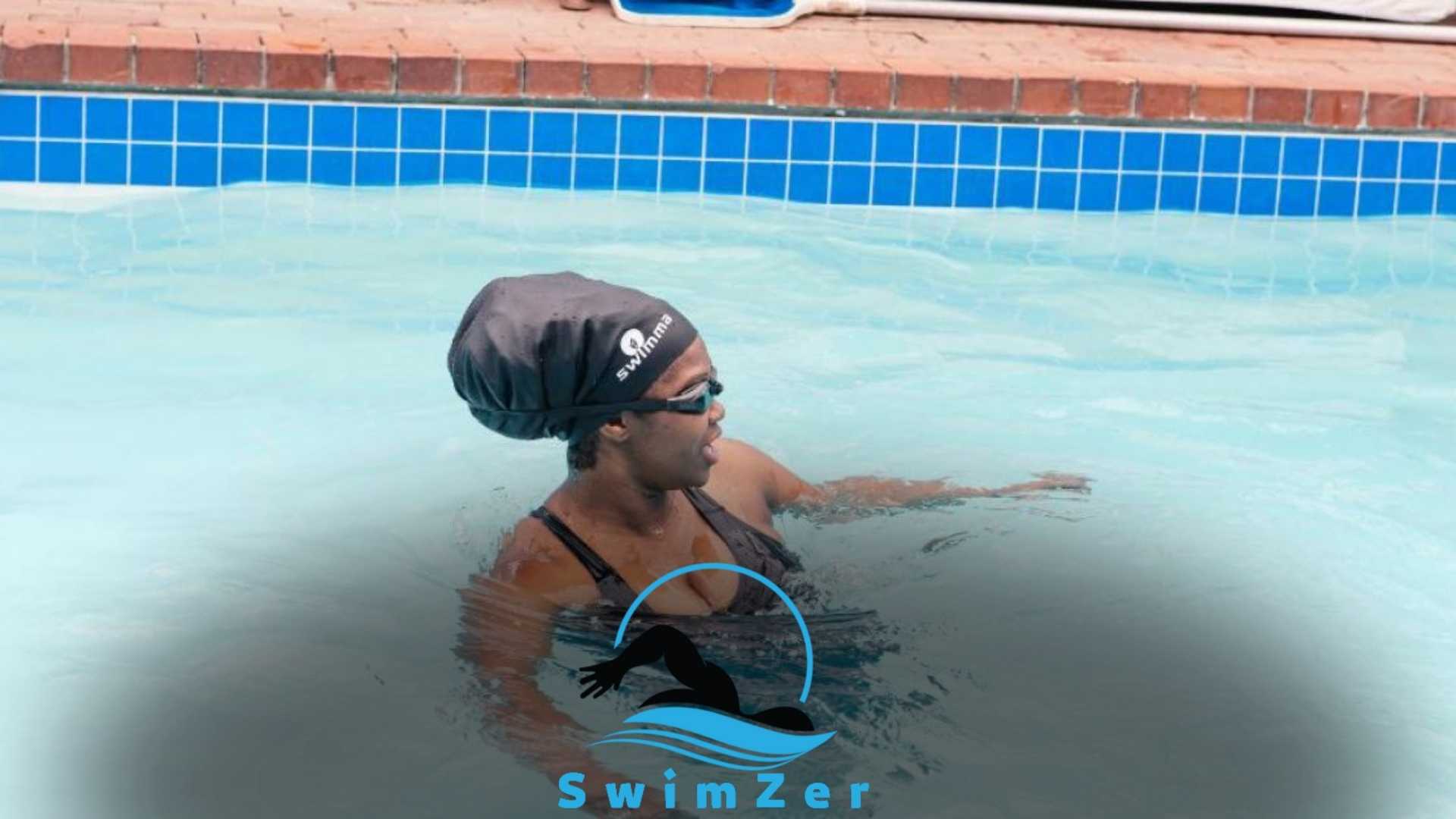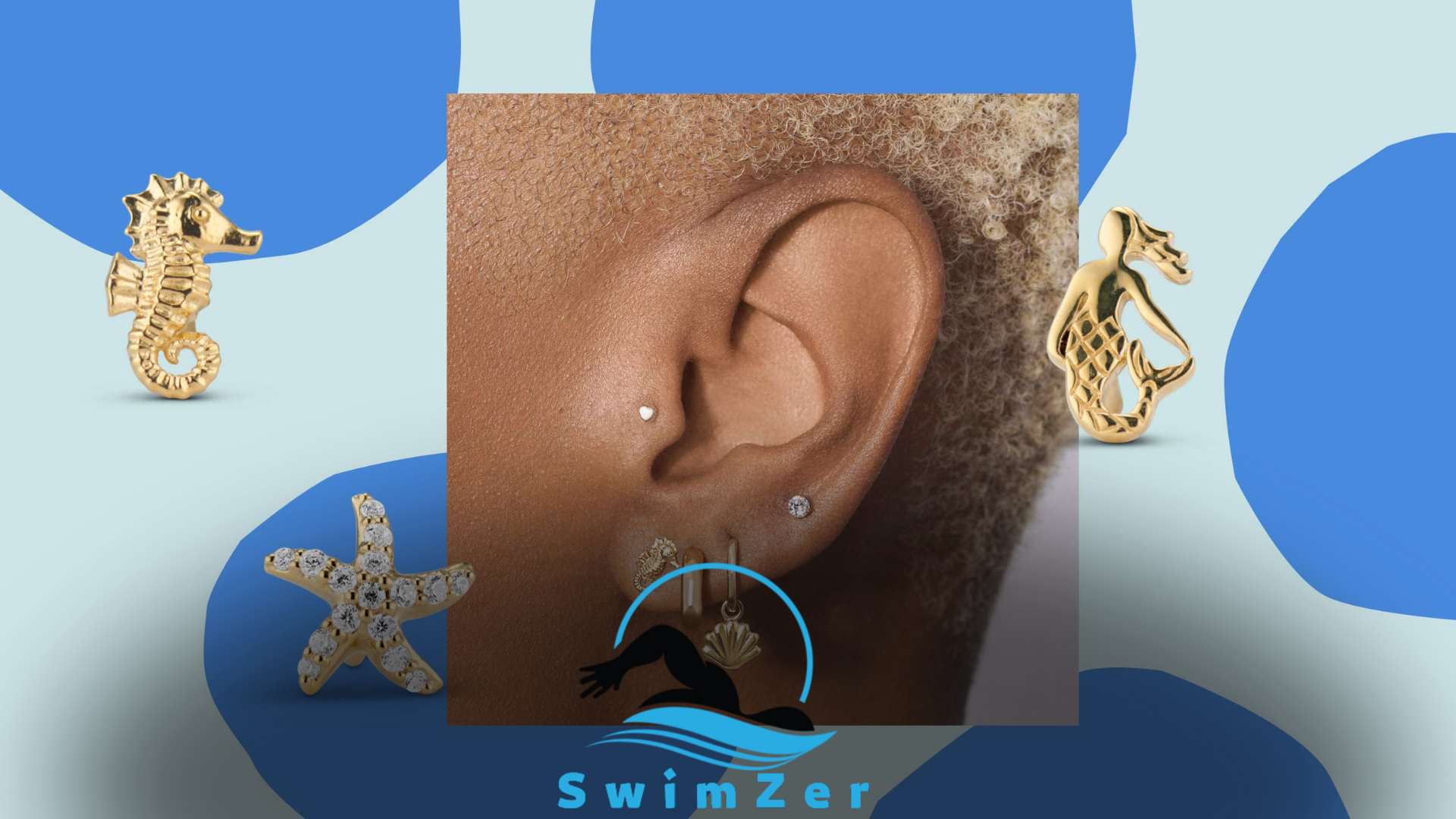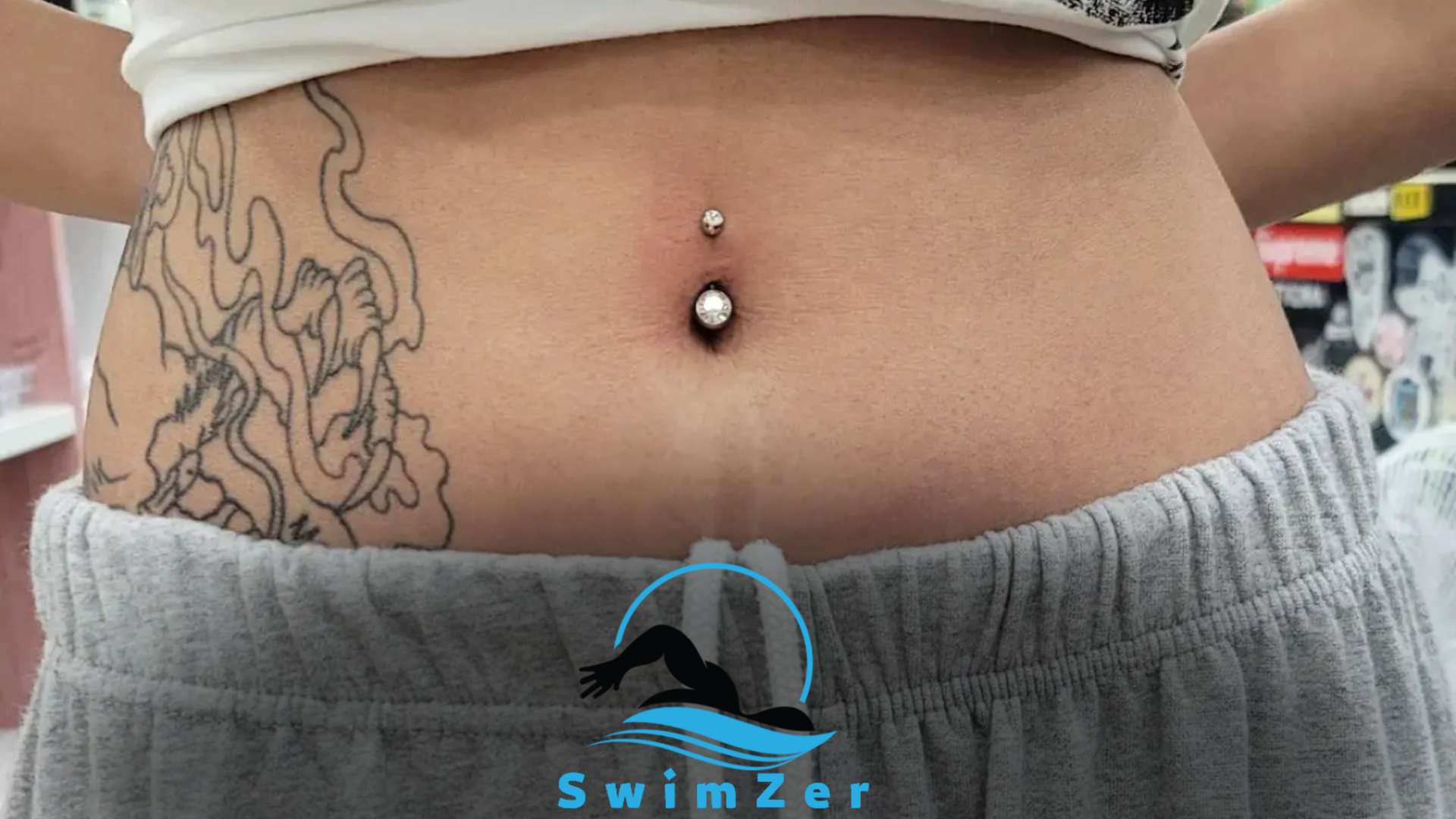Yes, you can swim with dreads, but you need to take extra care to protect them from water and chemicals. Dreadlocks are thick, matted hair, usually formed by twisting or knotting the hair, which may require additional care in a water environment.
While swimming, dreadlocks can absorb water and become heavier, which can cause damage to the hair and scalp.
In this article, we’ll explore tips for swimming with dreads to keep them healthy and undamaged. We’ve got you covered from choosing the right swimwear to showering after swimming.
So, if you love swimming and have dreads, keep reading to learn how to maintain healthy locks and still enjoy the water.
Dreads aren’t the only hairstyle that requires special care in water. Find out how to manage swimming with knotless braids to ensure they remain beautiful and untangled.
Frequently Asked Questions Of Can You Swim With Dreads
Can You Swim With Dreads?
Yes, you can swim with dreads. However, you need to take precautions to protect your locks from damage. Chlorine, saltwater, and other chemicals can cause breakage and weakening, so it’s best to wear a swim cap and rinse your hair thoroughly after swimming.
How Do You Care For Dreads After Swimming?
After swimming, rinse your dreads with clean water to remove chlorine, salt, and other chemicals. Use a residue-free shampoo to cleanse your hair and scalp, and then apply a moisturizer or leave-in conditioner to prevent dryness and breakage.
Can Chlorine Damage Dreads?
Yes, chlorine can damage dreads by dehydrating the hair and causing it to become brittle. It can also cause discoloration, tangling, and breakage. To protect your dreads, wear a swim cap or use a leave-in conditioner before swimming in chlorine-treated swimming pools.
Should You Put Oil In Your Dreads Before Swimming?
No, putting oil in your dreads before swimming is not recommended. Oil can attract dirt and debris, and it may also make your locks heavy and greasy. Instead, use a leave-in conditioner or a swim cap to protect your hair from chlorine and other chemicals.
How Often Should You Wash Your Dreads After Swimming?
It’s best to wash your dreads immediately after swimming to remove any chlorine or saltwater residue. If you can’t wash your hair right away, rinse it with clean water and apply a leave-in conditioner or moisturizer to prevent dryness and breakage.
Whether it’s dreads or wigs, hair care during swimming is crucial. Discover essential tips for swimming with synthetic hair to maintain its appearance and longevity.
Conclusion
Swimming with dreads may be intimidating for some, but it ultimately comes down to personal preference and haircare practices.
If you swim with dreads, it’s important to take precautions to protect your hair from damage caused by chlorine, saltwater, and other chemicals.
Utilizing swim caps, protective oils, and proper washing and conditioning after swimming can ensure the longevity and health of your dreads.
While some may avoid swimming altogether with their dreads, it’s possible to fully enjoy aquatic activities with the right haircare practices in place.
Overall, finding a balance between haircare and enjoyment is key when deciding whether or not to swim with dreads.

